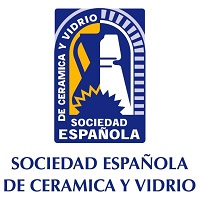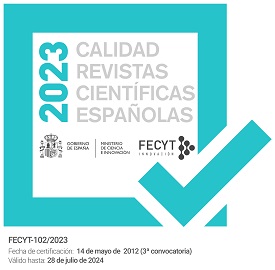was read the article
| Year/Month | Html | Total | |
|---|---|---|---|
| 2024 November | 35 | 13 | 48 |
| 2024 October | 22 | 8 | 30 |
| 2024 September | 36 | 11 | 47 |
| 2024 August | 41 | 17 | 58 |
| 2024 July | 62 | 3 | 65 |
| 2024 June | 27 | 1 | 28 |
| 2024 May | 34 | 8 | 42 |
| 2024 April | 81 | 8 | 89 |
| 2024 March | 41 | 11 | 52 |
| 2024 February | 25 | 5 | 30 |
| 2024 January | 44 | 8 | 52 |
| 2023 December | 31 | 13 | 44 |
| 2023 November | 37 | 8 | 45 |
| 2023 October | 48 | 6 | 54 |
| 2023 September | 13 | 5 | 18 |
| 2023 August | 19 | 2 | 21 |
| 2023 July | 18 | 6 | 24 |
| 2023 June | 35 | 5 | 40 |
| 2023 May | 70 | 5 | 75 |
| 2023 April | 77 | 2 | 79 |
| 2023 March | 32 | 4 | 36 |
| 2023 February | 31 | 6 | 37 |
| 2023 January | 45 | 4 | 49 |
| 2022 December | 35 | 10 | 45 |
| 2022 November | 28 | 11 | 39 |
| 2022 October | 22 | 9 | 31 |
| 2022 September | 33 | 12 | 45 |
| 2022 August | 41 | 8 | 49 |
| 2022 July | 33 | 9 | 42 |
| 2022 June | 42 | 8 | 50 |
| 2022 May | 41 | 11 | 52 |
| 2022 April | 53 | 4 | 57 |
| 2022 March | 91 | 8 | 99 |
| 2022 February | 111 | 9 | 120 |
| 2022 January | 73 | 9 | 82 |
| 2021 December | 47 | 10 | 57 |
| 2021 November | 73 | 10 | 83 |
| 2021 October | 30 | 16 | 46 |
| 2021 September | 19 | 13 | 32 |
| 2021 August | 13 | 10 | 23 |
| 2021 July | 13 | 18 | 31 |
| 2021 June | 15 | 10 | 25 |
| 2021 May | 18 | 11 | 29 |
| 2021 April | 36 | 10 | 46 |
| 2021 March | 23 | 22 | 45 |
| 2021 February | 19 | 8 | 27 |
| 2021 January | 24 | 22 | 46 |
| 2020 December | 29 | 23 | 52 |
| 2020 November | 31 | 22 | 53 |
| 2020 October | 20 | 14 | 34 |
| 2020 September | 22 | 12 | 34 |
| 2020 August | 36 | 14 | 50 |
| 2020 July | 61 | 7 | 68 |
| 2020 June | 41 | 13 | 54 |
| 2020 May | 46 | 22 | 68 |
| 2020 April | 51 | 16 | 67 |
| 2020 March | 70 | 20 | 90 |
| 2020 February | 43 | 18 | 61 |
| 2020 January | 3 | 18 | 21 |
| 2019 December | 6 | 35 | 41 |
| 2019 November | 0 | 8 | 8 |
| 2019 October | 5 | 4 | 9 |
| 2019 September | 8 | 12 | 20 |
| 2019 August | 2 | 3 | 5 |
| 2019 July | 1 | 5 | 6 |
| 2019 June | 0 | 7 | 7 |






